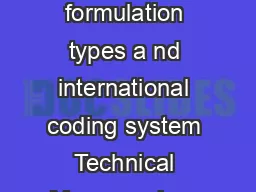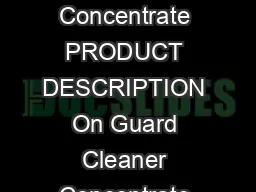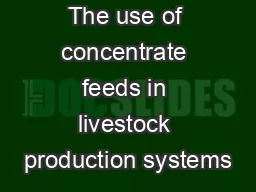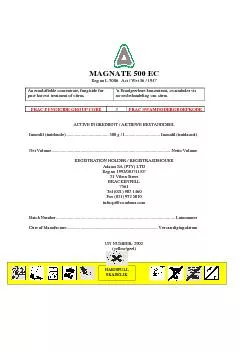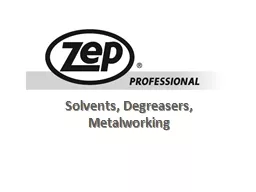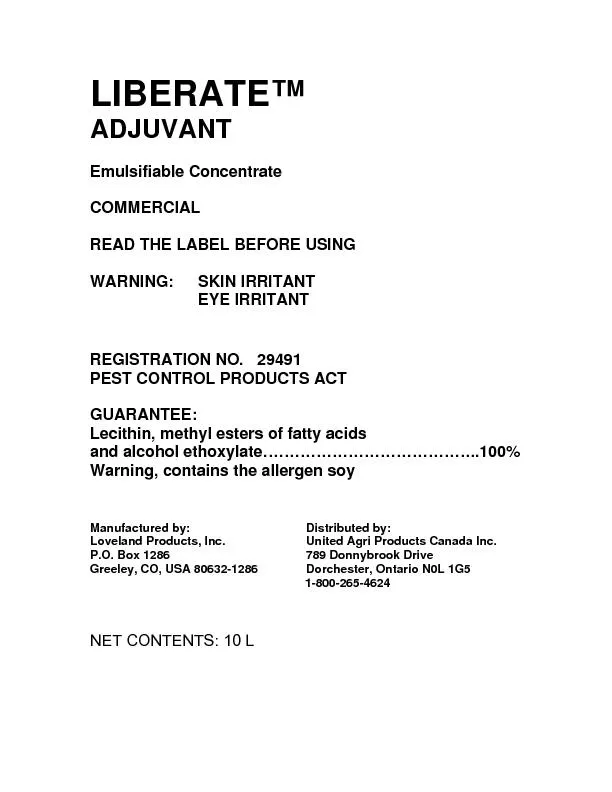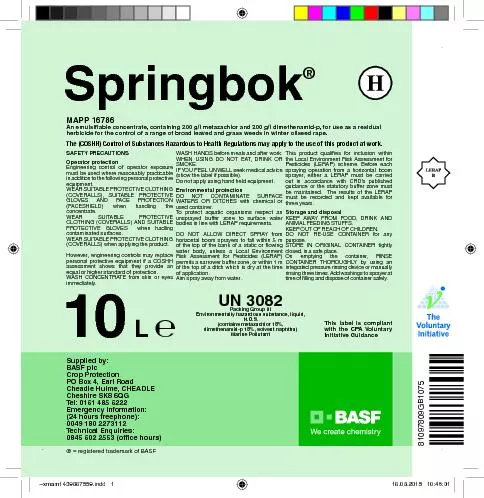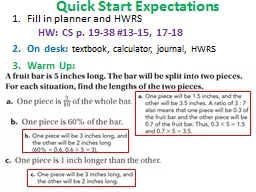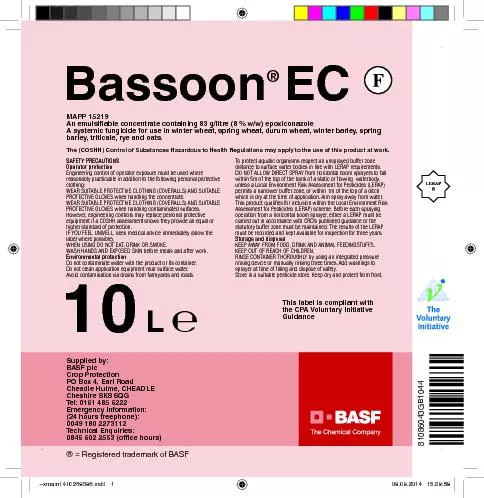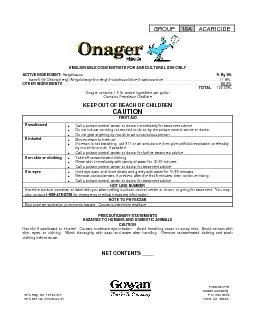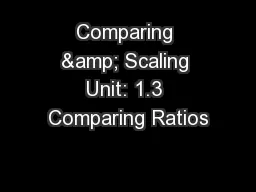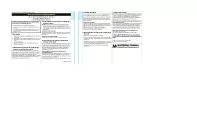PDF-An emulsifiable concentrate containing 37.5 g/l epoxiconazole and 27.5
Author : alexa-scheidler | Published Date : 2016-05-17
This product is approved under the Plant Protection Product Regulations xmam1440649984indd 2 27082015 063308 DIRECTIONS FOR USEIMPORTANT This information is approved
Presentation Embed Code
Download Presentation
Download Presentation The PPT/PDF document "An emulsifiable concentrate containing 3..." is the property of its rightful owner. Permission is granted to download and print the materials on this website for personal, non-commercial use only, and to display it on your personal computer provided you do not modify the materials and that you retain all copyright notices contained in the materials. By downloading content from our website, you accept the terms of this agreement.
An emulsifiable concentrate containing 37.5 g/l epoxiconazole and 27.5: Transcript
Download Rules Of Document
"An emulsifiable concentrate containing 37.5 g/l epoxiconazole and 27.5"The content belongs to its owner. You may download and print it for personal use, without modification, and keep all copyright notices. By downloading, you agree to these terms.
Related Documents

